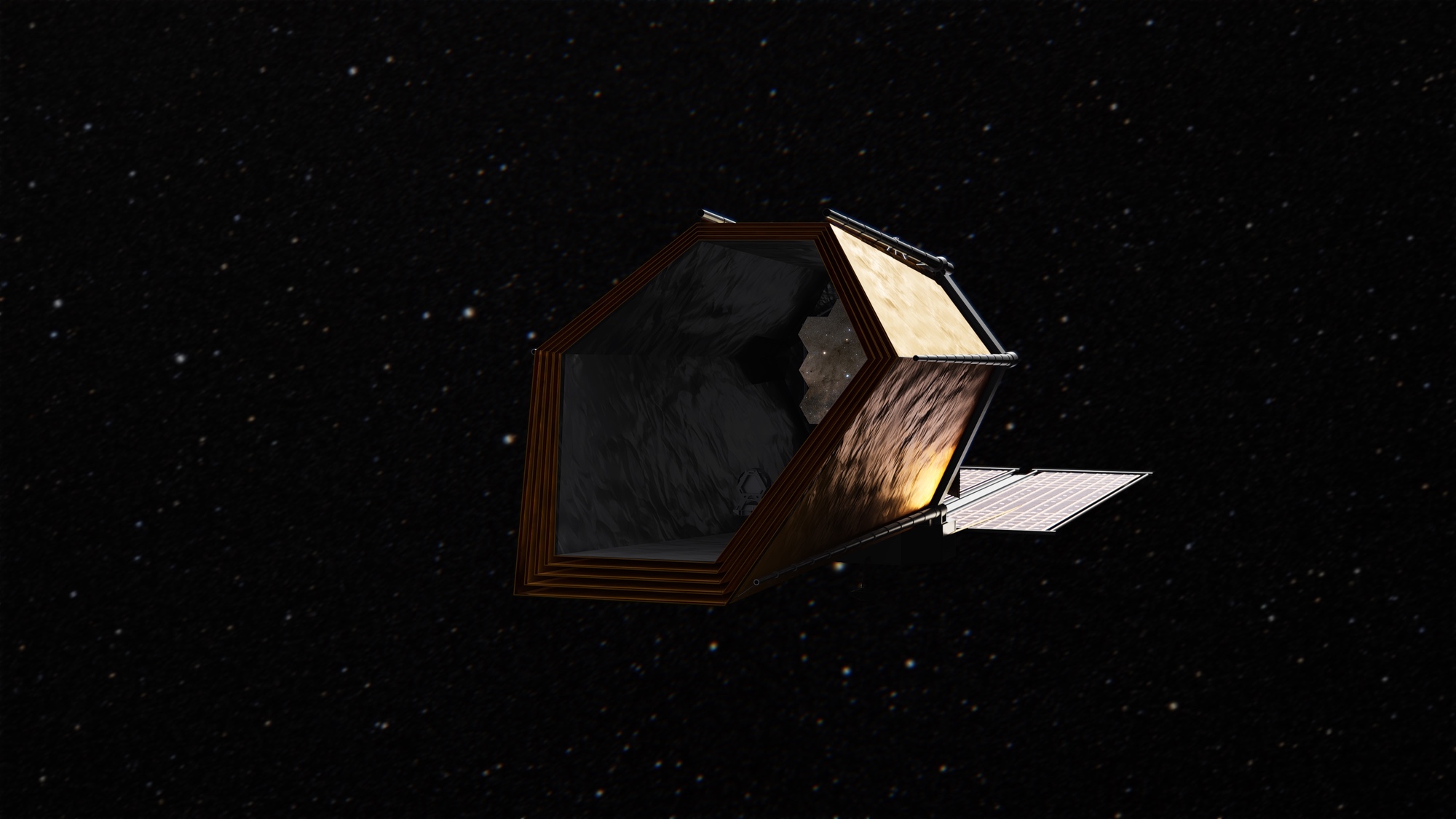WASHINGTON — Congressional language aimed at speeding up work on a future NASA space telescope has the side effect of forcing the agency to disband a team it created to lead the mission’s early development.
NASA created two committees last year to support early development of the Habitable Worlds Observatory, a large space telescope recommended by the 10-year Astro2020 survey and expected to launch no earlier than the early 2040s.
One, the Technical Assessment Group (TAG), includes NASA personnel working on key designs and technologies for the spacecraft. The other, the Science, Technology, Architecture Review Team (START), includes primarily representatives from academia and industry to develop the science objectives and instrument requirements for the mission.
The two groups began work last fall, but at a third joint committee meeting June 3 in Baltimore, Mark Clampin, director of NASA’s astrophysics division, said their efforts had been complicated by language in the draft. -the 2024 fiscal year omnibus spending bill approved in March. The report accompanying the bill directed NASA to spend at least $10 million on the Habitable Worlds Observatory this year, as well as to establish a project office for it at the Goddard Space Flight Center.
“It came as a surprise,” he said of the move to create the office. “We’ve had to think about how to put that into a plan that we can move forward with.”
While the provisions show strong interest from Congress in the mission, he said they also have “downsides,” particularly reorganizing the way NASA had intended to run the observatory’s early development.
NASA created START with language requiring it to be disbanded when the project office is established, a provision intended to reduce conflicts of interest for future calls for contributions from industry and science teams. Clampin said the provision would apply even with the earlier-than-expected creation of the project office.
“After consulting with the HQ legal team, we have come to the conclusion that we must disband START now,” he said. “We are required to do this because of all the legal concerns regarding the ongoing conflicts.”
This will not affect, he said, the volunteer working groups that have been associated with START examining science cases for the observatory. “We don’t want to lose all the work that the task forces are doing,” he said. Those efforts will continue, now reporting directly to the project office, although Clampin said industry representatives on those working groups will have to step back to mitigate conflicts.
NASA is in the process of setting up the Observatory for Habitable Worlds project office at Goddard, with the goal of having it in place by the end of the fiscal year in September. “It’s getting a lot of attention. We’re getting a lot of ‘are we there yet?’ call from the Hill,” he said.
The early establishment of the project office will not affect the overall plan for the observatory, including an initial focus on maturing the technology needed for it before it officially begins development. “Don’t think this is a big change in approach or strategy. It’s not like that,” Clampin said.
This approach includes funding work on those key technologies. NASA announced on May 31 that it awarded three contracts worth a combined $17.5 million to BAE Systems, Lockheed Martin and Northrop Grumman to work on concepts such as “ultra-stable” optics and a deployable barrier for the telescope.
Clampin added that the direction to establish the observatory’s project office at Goddard does not mean other NASA centers will be excluded from working on the mission. “That’s the direction we’ve gotten from Congress, and that’s the direction we have to follow, but we expect this to continue to be a very broad, diverse and comprehensive program going forward.”
